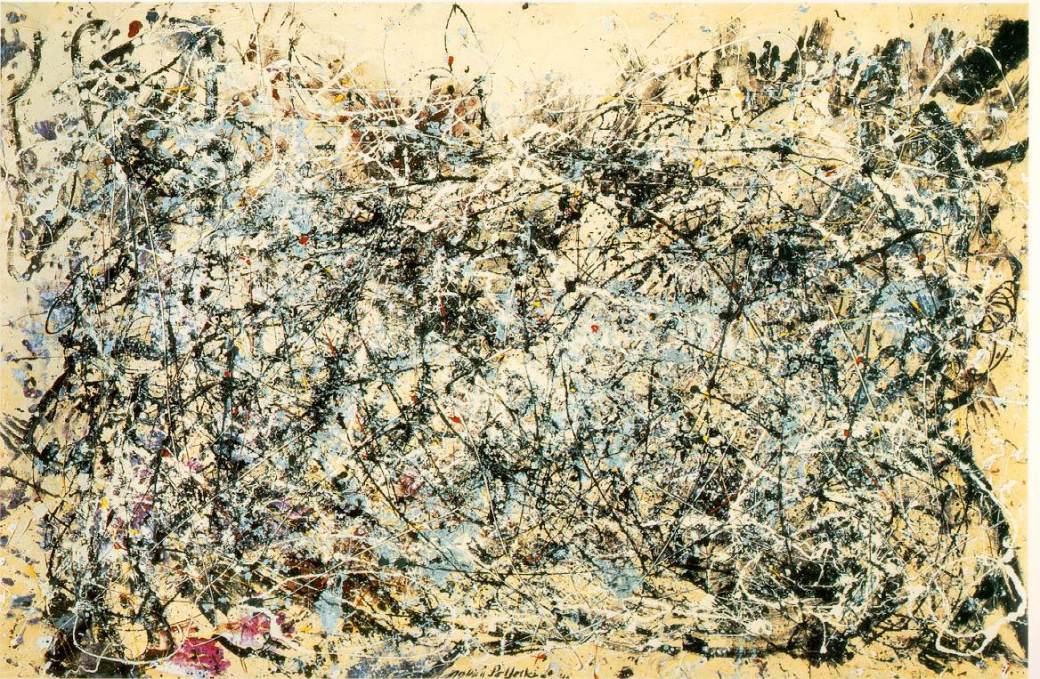Lucas boarded the train at 8:00 am. He took a seat, setting his briefcase down beside him. People talked around him. Lucas sighed and thought about the long, boring day ahead of him. It was always the same at the office, people worked in cubicles next to each other, avoiding eye contact with one another as they drank crappy coffee.
Lucas got of at his stop and was about to start making his way to the office when he saw her; the most beautiful girl in the world. She was standing in front of a flower shop, looking at the flowers. The flower shop keeper handed her a bundle of white flowers, calla lillies. She smiled, thanked the man, and continued on her way. It was only until she was out of Lucas’s sight did he realize that he had been staring at her for an awfully long time with his mouth wide open.
The next day, when Lucas got of at his stop, he saw the girl again.She was buying the same flowers at the same shop. Lucas felt his heart beat fast in his chest. He decided to take a chance and go and talk to her. Lucas slicked his hair back and made his way through the crowd, but by the time he got the shop she had left. Feeling a bit disheartened, Lucas went to work. However, he was determined to try and talk to her the next day.
That morning Lucas put on his best suit, just for her. He caught an earlier train as well because he did not want to miss his chance to talk to her. Lucas waited for her. It felt like years had passed since he had her face. At last, she showed up at the shop and bought her flowers. This was his chance! But in the end Lucas chickened out.
“By Emma. See you tomorrow,” the shop keeper said.
“Bye Mr. Smith,” she waved and walked out. She brushed past Lucas without giving him a second thought.
Lucas sighed. Oh well. Maybe next time, he thought. If there was a next time…
